The Hapsburg family controlled both Spain and Austria when the art of classical riding revived in Europe during the Renaissance. There was a need for light, fast horses for use in the military and the riding school. The Spanish horse, produced during Moorish rule by crossing Berber and Arab stallions with Iberian mares, was considered the most suitable mount because of its exceptional sturdiness, beauty, and intelligence. In 1562, Maximillian II brought the Spanish horse to Austria and founded the court stud at Kladrub. His brother Archduke Charles established a similar private imperial stud farm with Spanish stock in 1580 at Lippiza (nowadays: Lipizza [Italian], or Lipica [Slovenian]) near the Adriatic Sea. Here on the Karst plateau near Triest, the type of horse which was bred in Lippiza was called the Lippizaner. Today in Europe the breed is called Lipizzaner or, in America, Lipizzan.
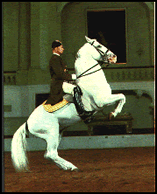
Lipizzans are genetically a type of grey. Born dark, black-brown, brown, or mouse-grey, Lipizzans gradually lighten until the white coat for which they are noted is produced somewhere between the ages of 6 and 10. The white hair coat has become dominant in the breed, and only now and then is a black or brown adult produced. As late as two hundred years ago, black, browns, chestnuts, duns, piebalds, and skewbalds were found in the adult herd. Noted for his sturdy body and a proud carriage, the Lipizzan’s head is remarkable for its large appealing eyes and small alert ears. The body presents a picture of strength with a crested neck, powerful shoulders, muscular hindquarters, and strong legs with well-defined tendons and joints. Not an exceedingly tall horse, the Lipizzan averages between 14.2 to 15.2 hands.
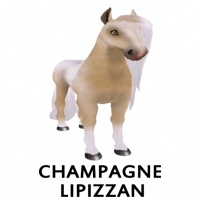
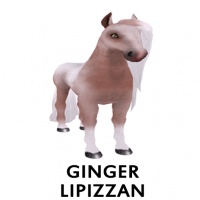
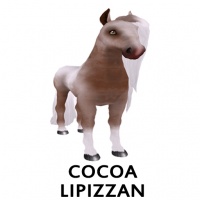

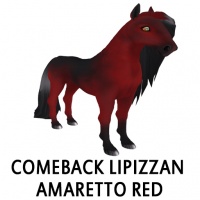
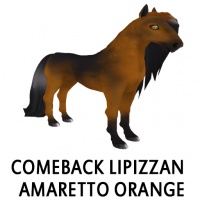
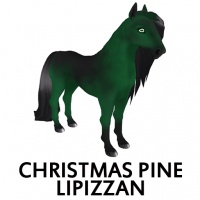

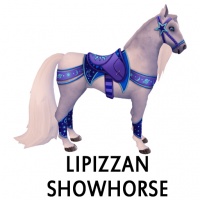
Both comments and pings are currently closed.
 Filed Under :
Filed Under :  May.12,2022
May.12,2022